If you're tired of traditional tourist spots, I recommend exploring the Temple of the Moon or the Temple of Fertility. This sacred Inca site was built following specific patterns and was dedicated to the veneration of the Moon.
The temple houses rock carvings and caves, leaving only traces of what once was an important center of worship. Some believe it was a fertility temple during the Inca era.
Interestingly, the construction of the Temple of the Moon took place inside a cave, considered sacred by the Incas. On the outside, there are stone carvings, the most striking being one in the shape of a semicircular moon.
This site is part of the Qapac Ñan, the Inca road network, which connects to other nearby archaeological sites like Sacsayhuaman, Pucapucara, Qenqo, and Tambomachay, allowing for a deep exploration of Inca history.
There are many things to see, including:
At this site, you can see zoomorphic sculptures in high relief, such as birds, felines, and serpents, all mutilated. These figures were sculpted this way to put an end to idol worship of other gods during the arrival of the Spanish; likewise, Inca religion was replaced by Christianity.
In the center, there is an ovoid hole surrounded by two bird sculptures: to the left, an Andean condor, and to the right, an eagle. Next to the condor is a puma lying with its tail upwards, and near the eagle, another puma with its tail down. A serpent also surrounds the entire carving.
These figures together seem to reflect a prophecy about the connection between the southern and northern hemispheres, or the Andean and Western worlds, representing the meeting of two worlds. This symbolism is related to the spiritual vision of the Andean people.
Amaru Mach'ay, known as the Temple of the Moon, is a natural cave modified with carvings. Inside, there are two chambers. The first chamber displays sculptures of the sacred animals from the Inca trilogy: the condor, the puma, and the serpent.
The second chamber has a circular table illuminated by light entering from above, especially during full moon nights. This space was used for ceremonies and offerings to Mama Killa, the moon goddess in the Inca worldview.
To reach the Temple of the Moon, you can walk from San Blas to Cristo Blanco and continue toward Qenqo, crossing a farming field. Another option is to take public transport to Qenqo, or a taxi that will take you directly for an additional cost.
The public transport ride costs around 2 soles (0.5 USD), while a taxi charges approximately 10 soles (3 USD) to get to the site.
The moon was crucial for the Incas, especially in agriculture, as its cycle marked time. Inca Garcilaso de la Vega stated that the Incas organized time between new moons, following a pattern similar to the Western seven-week model.
They referred to the lunar month as "quilla" and named each month according to the phases of the moon. Additionally, they divided time into half-months and weeks, but they had no names for the days of the week.
This lunar system reflected how the Incas structured their lives based on the lunar cycle, which was vital for their daily activities.

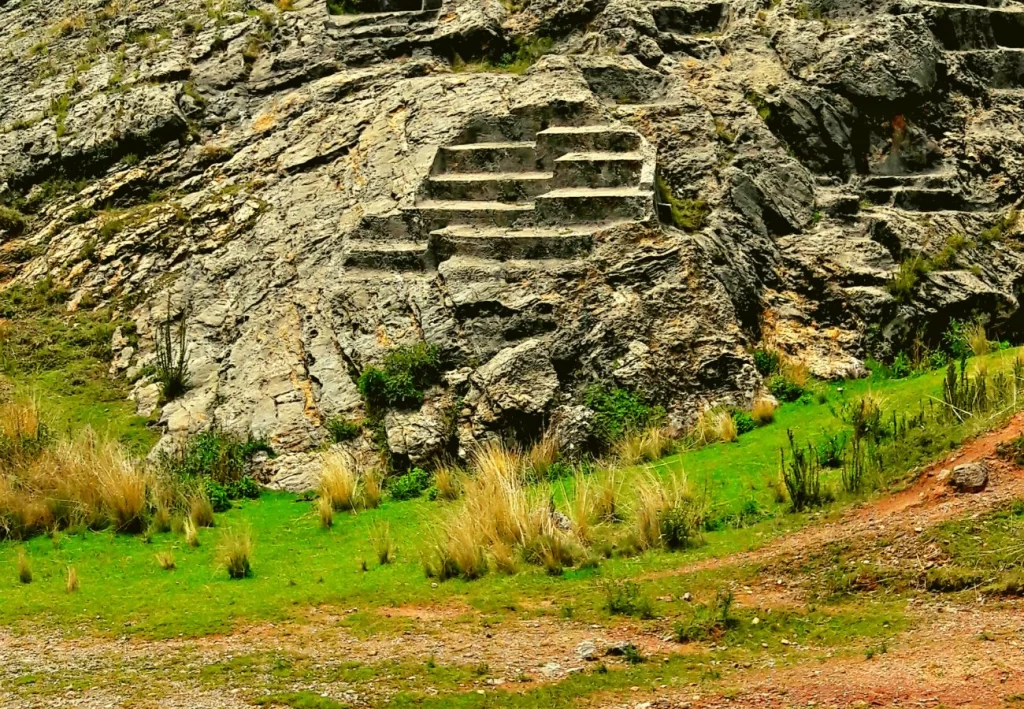
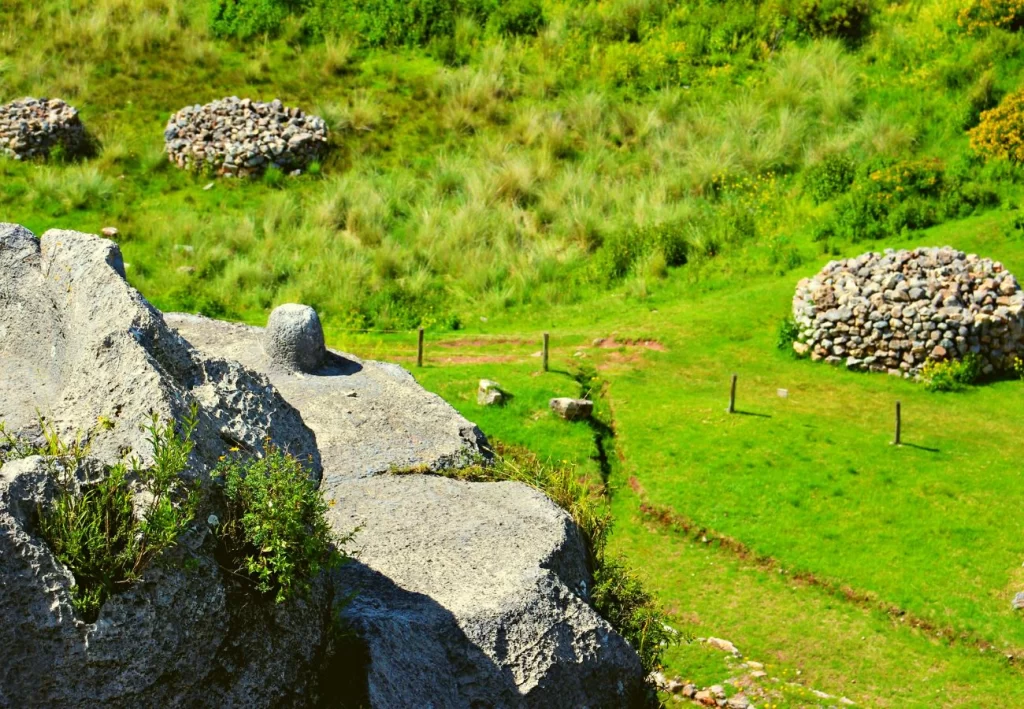

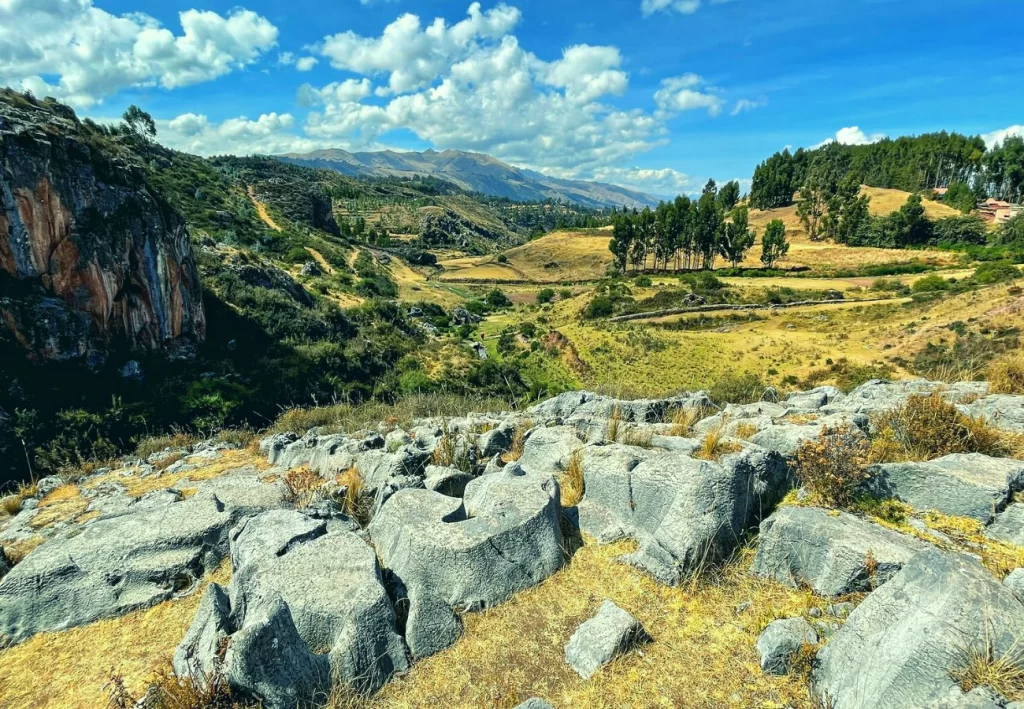
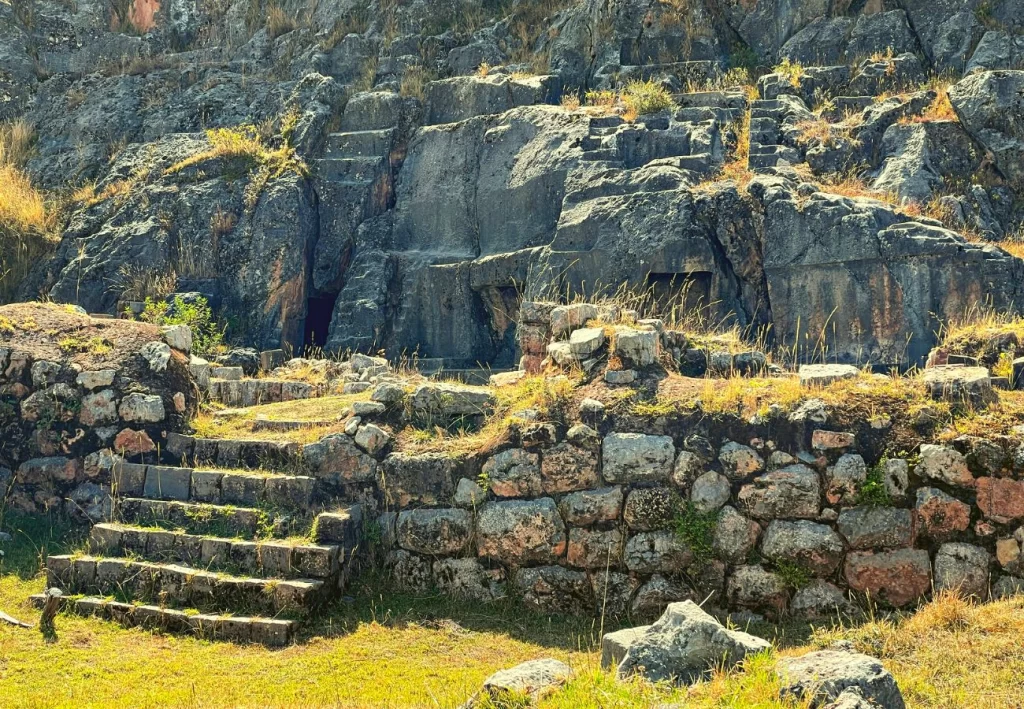
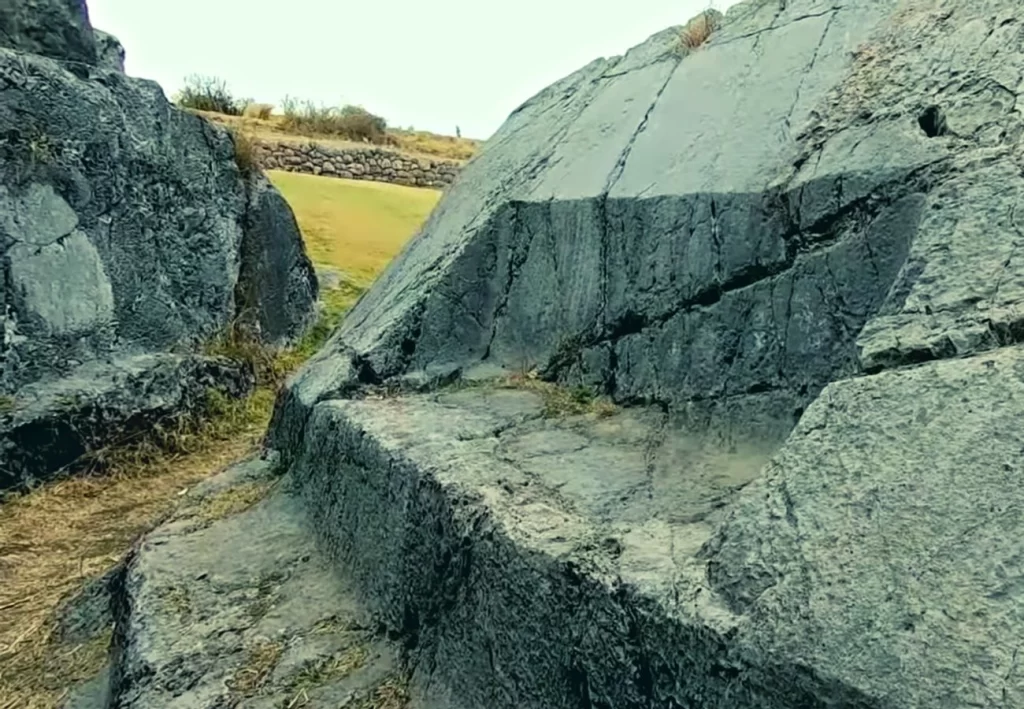

The Temple of the Moon is free to access and is open every day of the week. We suggest arriving early to make the most of your time, avoid crowds, and take good photographs of the site.
Additionally, the early morning hours offer better light for enjoying the site.
Take advantage of this opportunity and don't miss out on discovering Cusco. For more information, contact Illapa Culturas Andinas at +51 944 714 563 or via email at info@illapa.com.


